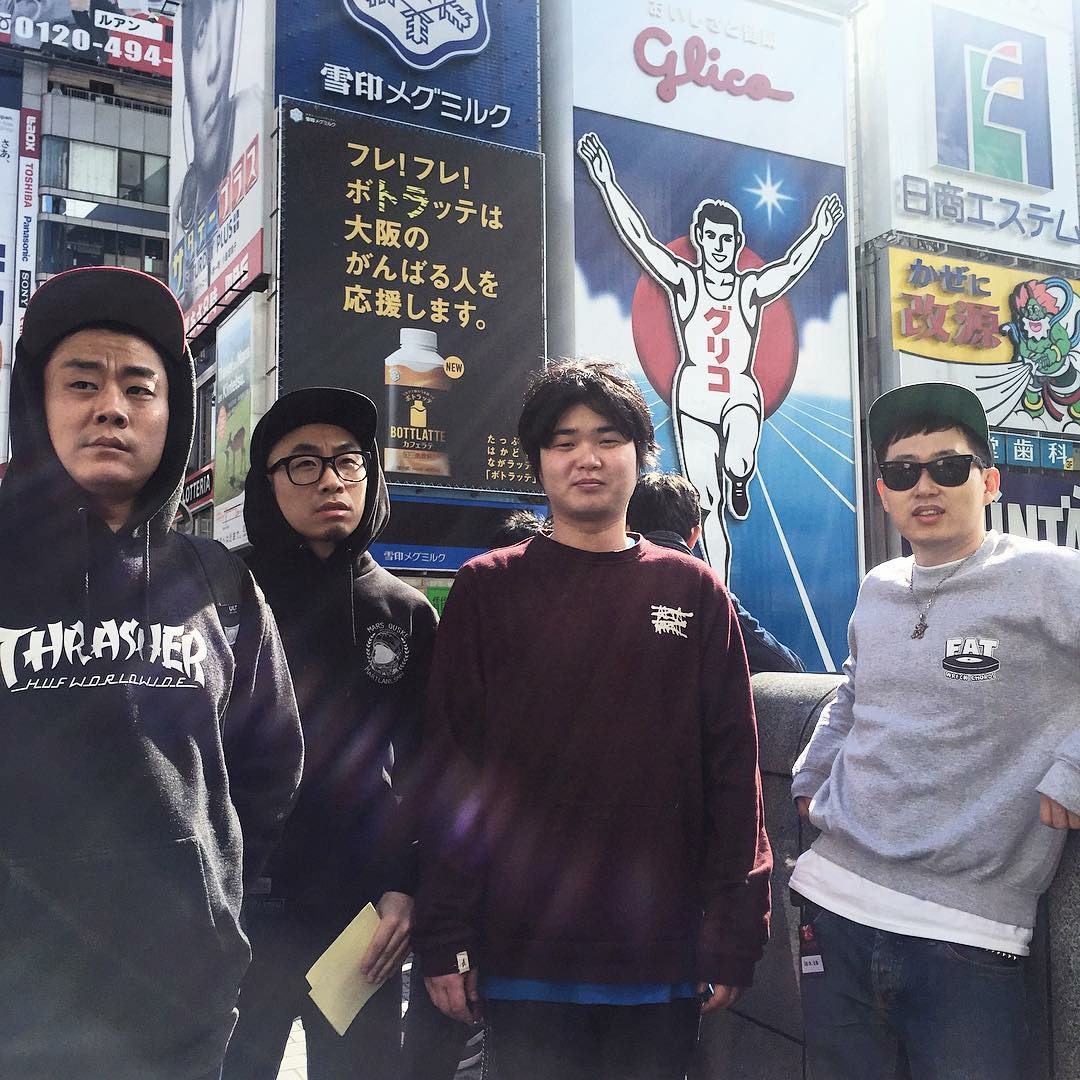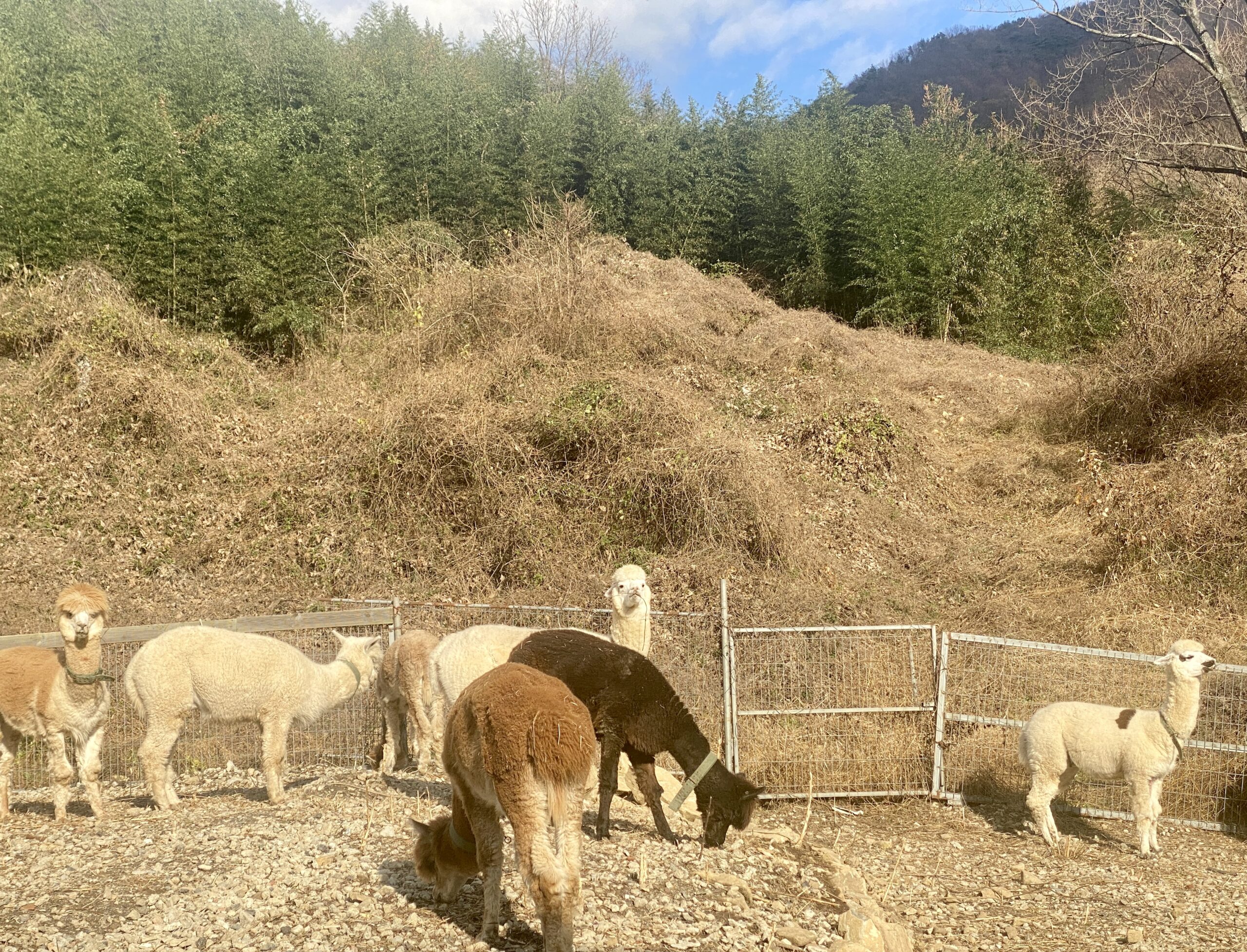Discovering the Korean Kitchen
Kitchen photo by Joe Wabe, food photos courtesy of Lee Eun Ju
Lee Eun Ju’s stylish and inviting kitchen offers a spectacular view of Gwangju’s city lights in the distance. This kitchen is the reason I’m here. Last year Lee decided to share her passion for Korean food with foreigners and began teaching cooking classes from her home. It is one of only a handful of Korean cooking classes in English offered in Gwangju.
 “I’ve got many foreign friends in Gwangju,” said Lee while sipping a steaming cup of rooibos tea. “They love Korean food and they wanted to make it at home. I gave them English recipes, but it was still too difficult to make, so I invited them to my home. A friend suggested I start giving classes.”
“I’ve got many foreign friends in Gwangju,” said Lee while sipping a steaming cup of rooibos tea. “They love Korean food and they wanted to make it at home. I gave them English recipes, but it was still too difficult to make, so I invited them to my home. A friend suggested I start giving classes.”
Lee perfected several main dishes and 49 side dishes, or banchan, to become a government-certified Korean chef. Currently, she is working toward completing cooking certifications in both Chinese and Japanese cuisine as well. However, Lee feels her first cooking experience was her best.
“I learned to cook from my mom,” said Lee, smiling brightly as she nibbled on a biscuit. “She is 85 years old now and makes the best kimchi in Korea. My mom learned from her mom. It’s a family tradition.”
Lee enjoys sampling different foods when she travels and appreciates the variety and flavor of cuisine wherever she goes. Korean food, however, remains her favorite.
“I’m very proud of Korean food,” said Lee. “It has a lot of vegetables, and it is colorful, tasty and nutritious.”
She encourages her foreign students not to be intimidated by Korean cuisine. Most Korean recipes are simple and based on a few fundamental ingredients.
“To be honest, making most Korean food is super easy, actually easier than Western food,” said Lee. “There are six or seven basic seasoning ingredients: soybean sauce, ginger, garlic, hot pepper, sesame oil, chili paste and bean paste. When you understand how to use these ingredients, you can make most Korean dishes.”
 Lee’s classes are casual and friendly. During class, students take notes while Lee demonstrates. Her students’ favorite dish in the course is jjimdak, or simmered chicken. Lee enjoys watching her students gain more confidence in the kitchen.
Lee’s classes are casual and friendly. During class, students take notes while Lee demonstrates. Her students’ favorite dish in the course is jjimdak, or simmered chicken. Lee enjoys watching her students gain more confidence in the kitchen.
“I enjoy every single moment, every class,” said Lee. “In the beginning, my students think making Korean food is difficult, but I teach them the easiest way to make it. Then we get together to eat and they think it’s delicious—much more delicious than restaurant food!”
Lee believes that food is an essential part of building relationships in Korea. She points out that bar culture in Korea includes both alcohol and food, and long working hours make meals with the family an important affair. Some foods are prescribed as cures for particular aliments, and others are associated with special events or seasons.
“Miyeokguk, or seaweed soup, is called birthday soup because new mothers drink it for two weeks after giving birth,” explained Lee. “My favorite food in winter is maeuntang [fish soup] and in summer naengmyeon [cold noodles]. But to be honest you can have these soups at any time.”
Lee is looking forward to meeting a new group of students eager to learn about Korean cuisine when the next session of her class begins.
“I love other cultures, and sharing food is really fun for me.”
To join Lee’s cooking class call 010-8300-1700 or email eunju710804@gmail.com .
- 4-5 students/class
- Morning and afternoon classes
- One month of four classes: 180,000 won
- Learn to make 12 main dishes and kimchi
Eun-Ju’s Rice Cake Soup Recipe (Ddeokguk)
Ingredients:
- 400g Ddeokguk ricecake
- 200g beef
- 1/4 carrot-shredded
- 1 egg
- 1/2 thin green onion ( sliced)
- 1 Tbsp. sesame oil
- 2 Tbsp. Joseon Soy sauce (조선간장 -not normal soy sauce)
- 1 tsp minced garlic
- 900 ml water
- 1/2 sheet Seaweed (김- layer )
- pinch Black Pepper
COOKING METHOD:
1. Mix beef, Joseon soy sauce ( 조선간장) , sesame oil and garlic. Fry until meat is cooked.
2. Add water. When water comes to a boil add ddeokguk rice cake and boil for 5-10 minutes more or until the rice cakes are soft.
3. Add carrots, green onions, whisked egg and black pepper. Cook for 1-2 minutes.
4. Serve in a large bowl. Garnish with seaweed strips on top.




